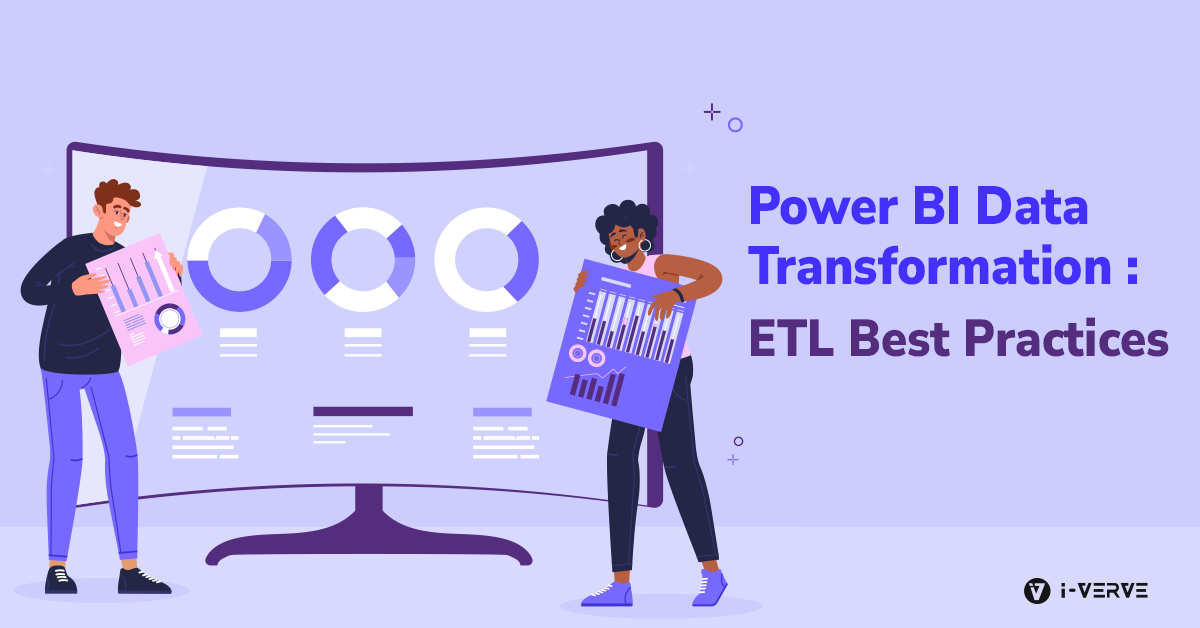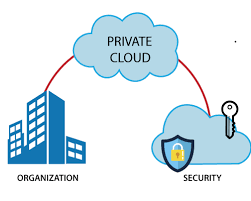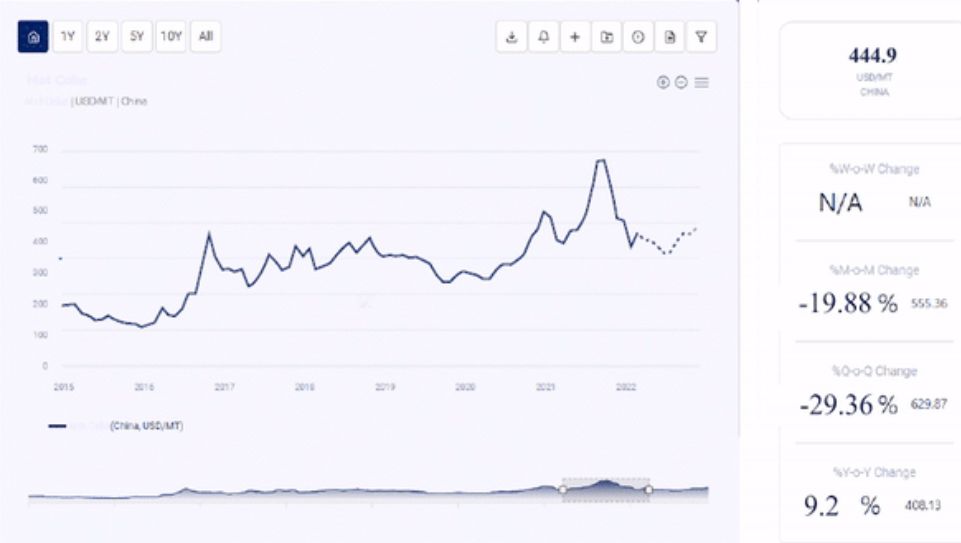Introduction
Unlocking the full potential of Power BI requires clean, structured data. This guide outlines best practices for data transformation (ETL) to ensure accurate analysis and insightful visualizations.
The Crucial Role of Data Transformation in Power BI
Power BI empowers businesses with data analysis in our data-centric era, but quality ETL (Extract, Transform, Load) processes are paramount. ETL ensures clean, structured data, enabling Power BI to deliver accurate insights. Effective implementation of ETL best practices is crucial for organizations to harness the full potential of their data, driving improved performance and strategic decision-making.
Objectives of the Blog
This blog aims to guide readers through the best practices of data transformation for Power BI. We will delve into various aspects of ETL, including:
- Understanding the data transformation process and its importance.
- Identifying essential techniques for data preparation and transformation.
- Building effective relationships between tables for efficient analysis.
- Leveraging hierarchies and aggregations for meaningful insights.
- Mastering DAX formulas for advanced data manipulation.
- Optimizing performance for large datasets.
- Integrating advanced features like Power Query and machine learning.
- Ensuring data security and compliance.
- Monitor data transformation processes and implement continuous improvement.
Understanding Data Transformation in Power BI
Defining Data Transformation in Power BI
Data transformation in Power BI encompasses processes that convert raw data from diverse sources into a format suitable for analysis. It involves:
- Extracting data: Accessing data from various sources such as databases, spreadsheets, and cloud storage.
- Transforming data: Cleaning, filtering, formatting, and shaping the data into a consistent structure.
- Loading data: Importing the transformed data into the Power BI environment for analysis and visualization.
Effective data transformation ensures that the data is:
- Clean: Free from errors, inconsistencies, and duplicates.
- Structured: Organized in a format that facilitates analysis and reporting.
- Usable: Accessible and readily available for business users to explore and utilize.
The Data Transformation Lifecycle
The data transformation lifecycle in Power BI typically involves the following stages:
- Identify Data Sources: Exploring and understanding the sources of relevant data.
- Extract Data: Utilizing tools and connectors to extract data from the identified sources.
- Clean and Transform Data: Implementing various techniques to remove errors, inconsistencies, and duplicates and shaping the data for analysis.
- Create Relationships: Establishing relationships between different tables to enable seamless data analysis across them.
- Define Hierarchies: Building hierarchies for drilling down and analyzing data at different levels.
- Apply Aggregations: Calculating meaningful aggregations such as sum, average, and count for insightful data exploration.
- Write DAX Formulas: Leveraging DAX formulas for advanced data manipulation and calculations.
- Load Data: Importing the transformed and enriched data into the Power BI environment.
- Monitor and Improve: Regularly evaluate the data transformation process’s effectiveness and implement continuous improvement strategies.
Importance of Clean and Structured Data
The foundation of a successful Power BI implementation lies in clean and structured data. Data riddled with errors, inconsistencies, and duplicates can lead to inaccurate results and misleading visualizations. Conversely, clean and structured data facilitates:
- Accurate analysis: Ensures that insights derived from the data are reliable and trustworthy.
- Improved performance: Enables efficient data processing and query execution.
- Enhanced user experience: This makes it more accessible for business users to understand and explore the data.
- Effective decision-making: Provides a solid foundation for making informed data-driven decisions.
Ensuring Data Quality
Implementing the following strategies ensures data quality:
- Data validation: Establishing rules to identify and address errors and inconsistencies in the data.
- Data cleansing: Performing tasks such as removing duplicates, correcting formatting errors, and handling missing values.
- Standardization: Enforcing consistent data formats, units, and naming conventions across different sources.
- Data profiling: Analyzing data
Data Preparation and Transformation Techniques
Data preparation and transformation are crucial steps in ensuring data quality and usability for analysis.
Identifying and Handling Missing Data
Missing data is a common challenge encountered during data transformation. It can skew results and lead to inaccurate analysis. Effective methods for handling missing data include:
- Imputation: Filling in missing values with estimated values based on available data.
- Exclusion: Eliminating rows or columns containing missing data when appropriate.
- Flagging: Marking missing values to highlight their presence and potential impact.
Dealing with Duplicates
Duplicates can also distort analysis results. Standard methods for handling copies include:
- Matching algorithms: Identifying and removing duplicate records based on specific criteria.
- Merging: Combining duplicate records into a single document while preserving relevant information.
- De-duplication rules: Implementing rules to prevent duplicate records from entering the system in the future.
Handling Outliers and Anomalies
Outliers are data points that deviate significantly from the overall pattern. They can be legitimate or indicate errors. Techniques for handling outliers include:
- Investigation: Analyzing outliers to understand the underlying cause.
- Data correction: Addressing the cause of the outlier if it represents an error.
- Exclusion: Removing outliers when justified and appropriate.
- Transformation: Applying transformations to outliers to bring them closer to the overall pattern.
Creating Relationships Between Tables
Relationships between tables are essential for analyzing data across different dimensions. Power BI permits users to explain relationships between tables based on standard fields. Best practices for relationship building include:
- Identifying the correct relationship type: Choosing the appropriate relationship type (one-to-one, one-to-many, or many-to-many) based on the data structure.
- Enforcing cardinality: Setting cardinality to ensure data integrity and prevent ambiguous results.
- Using filters: Applying filters to limit the data used in specific relationships for targeted analysis.
- Validating relationships: Regularly verifying the accuracy and consistency of established relationships.
Implementing Hierarchies and Aggregations
Hierarchies facilitate granular data analysis, crucial for time series, organizational structures, and product categories. Effective use involves implementing best practices for hierarchies and aggregations, ensuring accurate insights. Best practices for implementing orders and collections include:
- Defining meaningful hierarchies: Creating hierarchies that reflect the natural structure of the data and facilitate desired analysis.
- Leveraging calculated columns: Using calculated columns to create custom hierarchies for specific analysis needs.
- Applying appropriate aggregations: Choosing the proper aggregation function based on the intended analysis and data characteristics.
- Understanding aggregation rules: Knowing how Power BI handles aggregation calculations to avoid misinterpretations.
Handling DAX Formulas
DAX (Data Analysis Expressions) is a powerful formula language in Power BI for advanced data manipulation and calculations. Best practices for writing DAX formulas include:
- Starting simple: Begin with basic procedures and gradually move towards more complex expressions.
- Utilizing functions: Exploring the wide range of built-in functions to handle various data manipulation tasks.
- Writing clear and concise code: Formatting formulas for readability and maintainability.
- Testing and validating procedures: Thoroughly testing methods to ensure they calculate accurately and as intended.
- Documenting formulas: Adding comments to recipes to explain their purpose and functionality.
Managing Date Tables
Date tables are critical in time-series analysis and provide a consistent time reference for various data points. Best practices for managing data tables include:
- Establishing a standard format: Defining a consistent format for dates across all sources to avoid errors and discrepancies.
- Creating a dedicated date table: Create a separate date table with relevant time dimensions (year, month, week, etc.) instead of embedding them in data tables.
- Utilizing calculated columns: Using calculated columns to create additional time-related information such as fiscal periods or quarters.
- Maintaining relationships: Establishing relationships between the date table and other tables based on date fields for efficient cross-temporal analysis.
Performance Optimization Techniques
Optimizing Power BI performance with large datasets involves identifying bottlenecks, utilizing partitioning, leveraging data aggregation, implementing data compression, and continuous monitoring for necessary optimizations.
Integration with Advanced Features
Power BI offers several advanced features that can further enhance data transformation and analysis capabilities. Best practices for integrating these features include:
- Leveraging Power Query: Utilizing Power Query for complex data extraction, transformation, and cleansing tasks.
- Incorporating Machine Learning Models: Integrating machine learning models into Power BI reports for advanced data analysis and prediction capabilities.
- Customizing visualizations: Creating custom visuals using Python or other scripting languages to meet specific visualization needs.
- Leveraging data gateways: Utilizing data gateways to securely access data sources behind firewalls.
Data Security and Compliance
Furthermore, extending security and compliance practices to Power BI development ensures a holistic approach. Securing sensitive data in Power BI demands best practices. It involves role-based security, data encryption for data at rest and in transit, enforcing governance policies, and adhering to compliance regulations.
Conclusion
By diligently implementing ETL best practices, organizations unlock the full potential of Power BI. Clean, structured data fuels accurate analysis, enhanced performance, deeper insights, and optimized resource utilization. In addition, partnering with Power BI Development Services.













